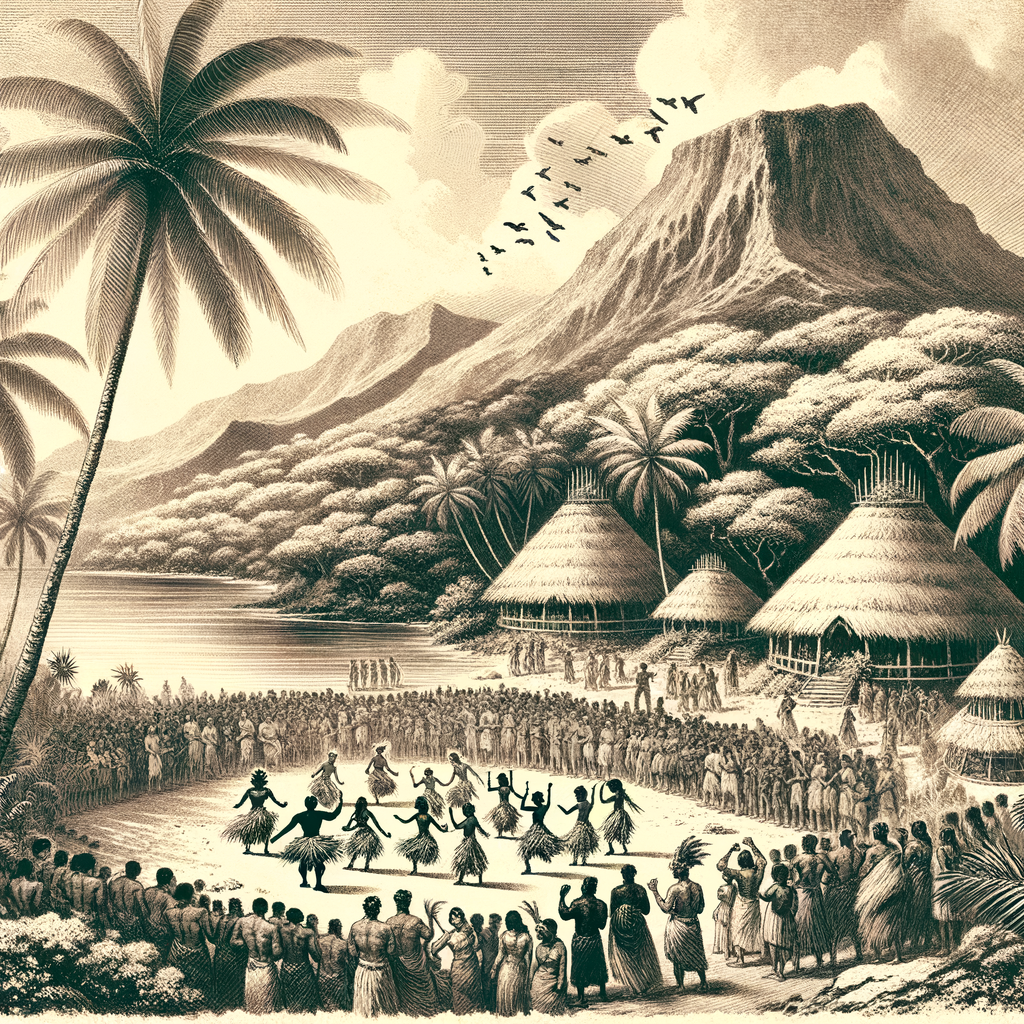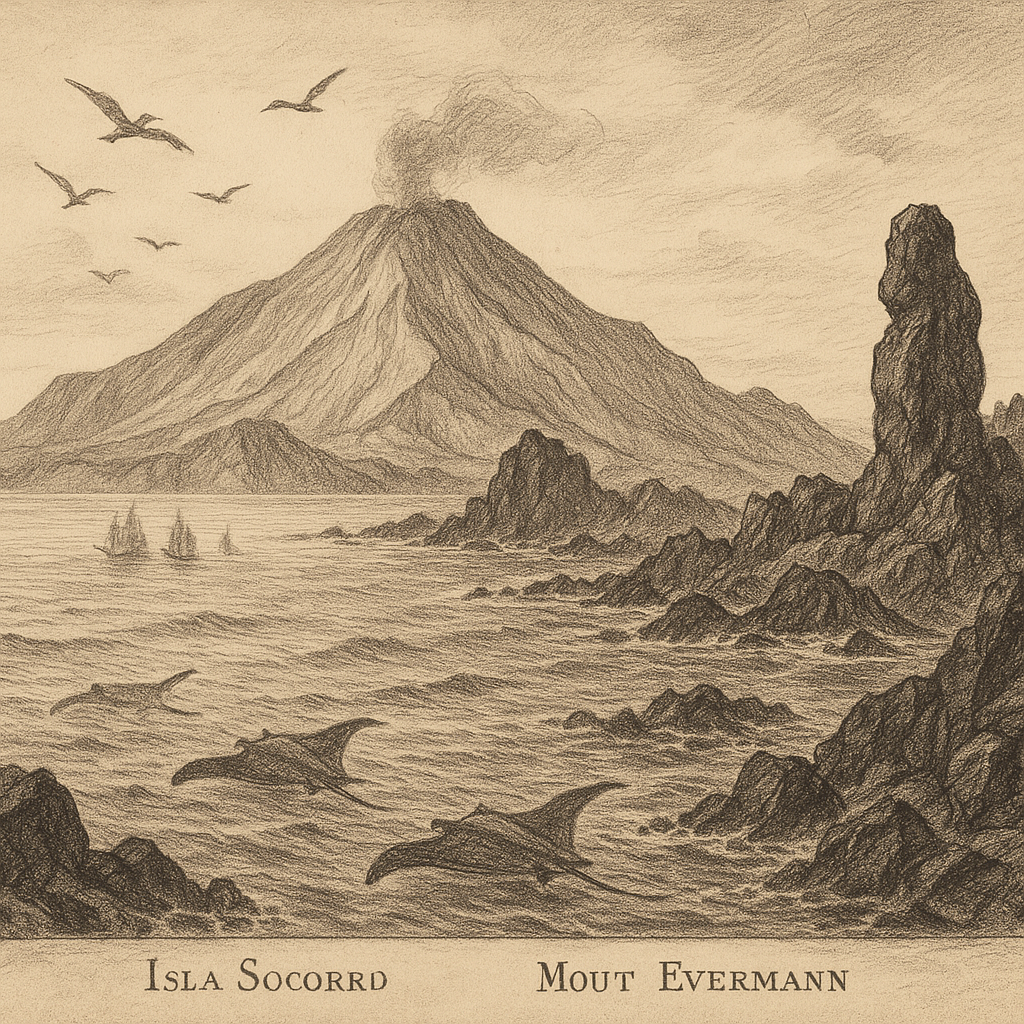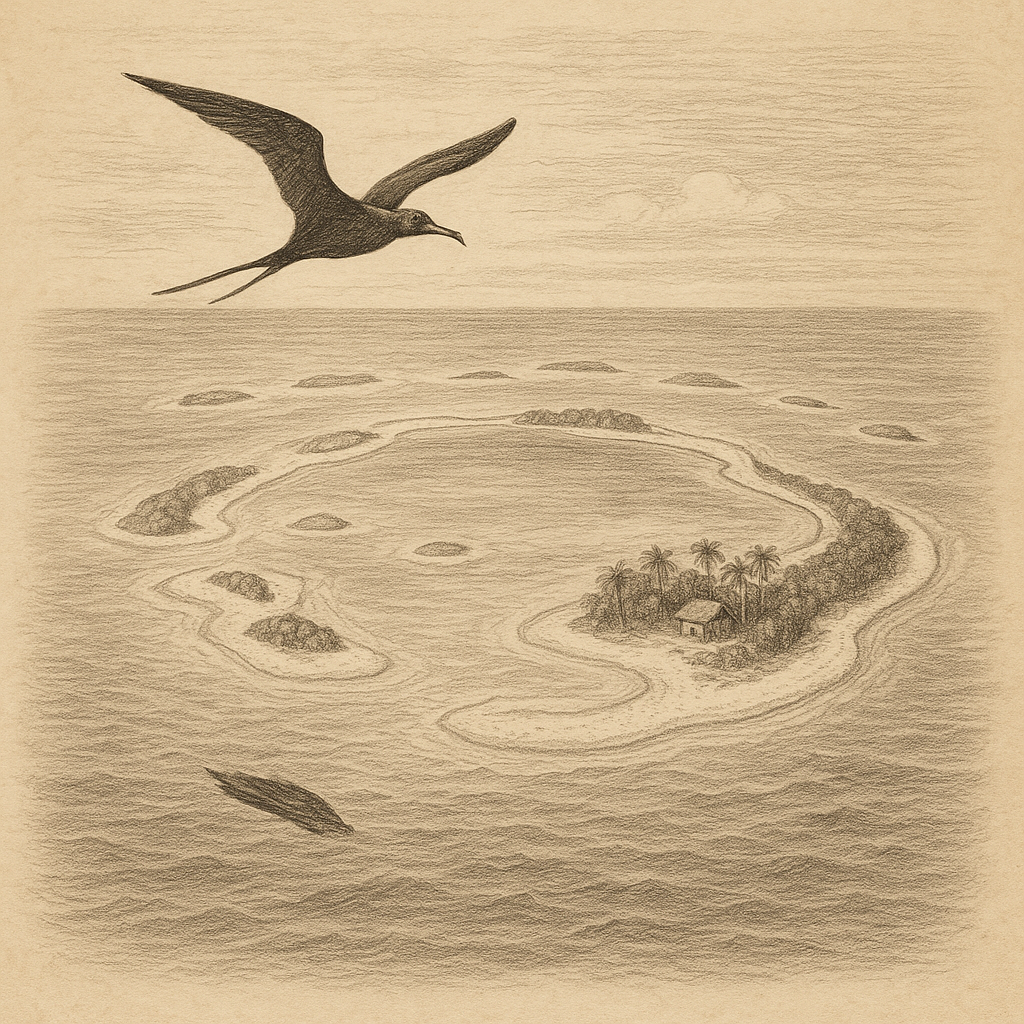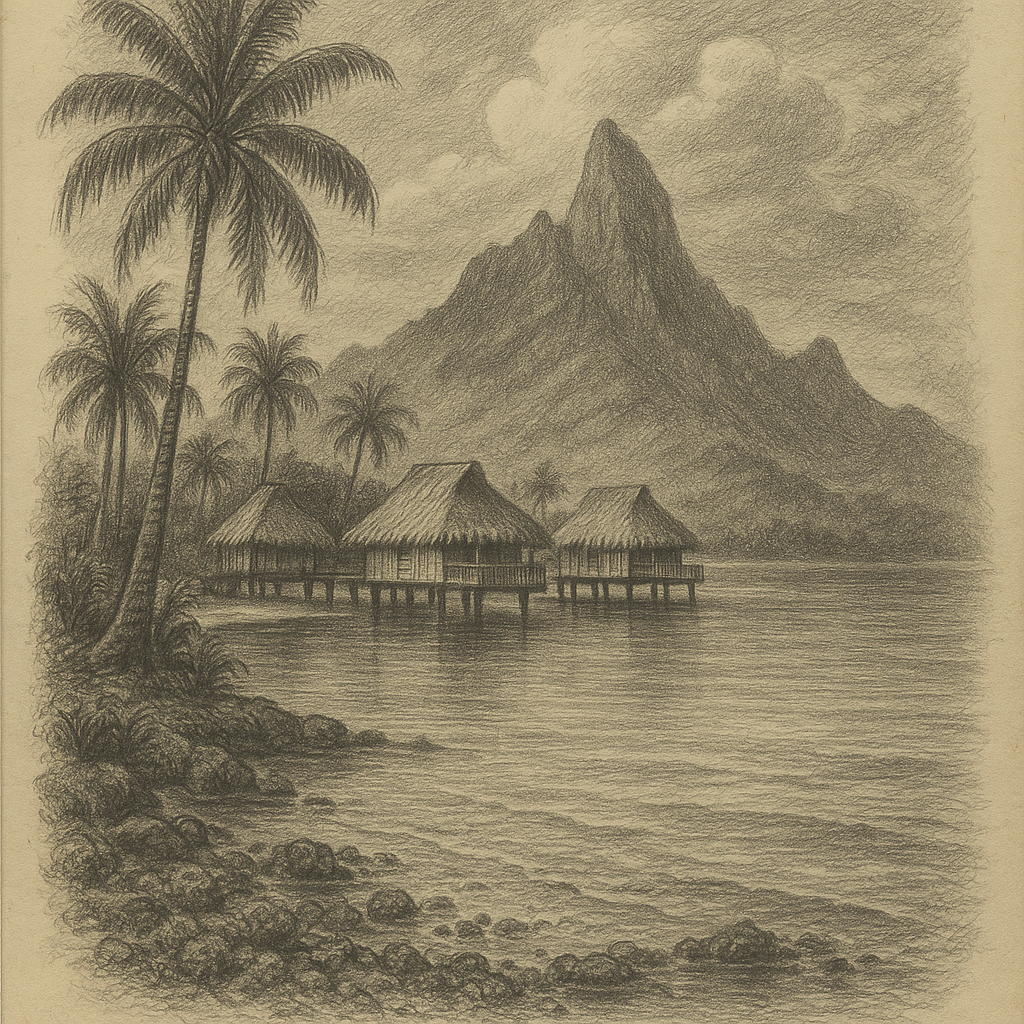Tikopia – A Remote Jewel of the South Pacific
Tikopia is a tiny, volcanic island located in the far eastern part of the Solomon Islands, in the Southwestern Pacific Ocean. Known for its lush tropical landscapes, rich cultural heritage, and unique approach to sustainability, Tikopia remains one of the few places in the world where traditional Polynesian lifestyle has been preserved for centuries.
Geographical Location and Features
Tikopia is situated in the Temotu Province of the Solomon Islands, approximately 1,200 kilometers southeast of Honiara, the country’s capital. The island covers an area of only 5 square kilometers, making it one of the smallest populated islands in the region. Its terrain is mountainous and steep, formed by the remains of an extinct volcano. The highest point on the island reaches 380 meters above sea level, and the island is encircled by coral reefs, protecting it from the open seas.
Unlike many other Pacific islands, Tikopia lacks a surrounding lagoon. The island is instead characterized by rocky cliffs, dense rainforests, and a central crater lake known as Lake Te Roto, which is brackish and partially separated from the sea. This geographic isolation and limited land have significantly influenced the unique societal structure and lifestyle of the Tikopians.
A Community Rooted in Sustainability
One of the most fascinating aspects of Tikopia is its traditional society, which has followed a highly organized, sustainable way of life for over a thousand years. The Tikopians are Polynesians, though geographically located near Melanesian populations. Their culture and language are of Polynesian origin, making Tikopia a cultural outlier in its region.
With a population that has historically hovered around 1,200 people, the island has practiced an informal form of zero population growth. Faced with the finite resources of their small island, Tikopians developed strict social and ecological rules to avoid overpopulation and depletion of resources. Practices such as celibacy for the youngest sons, adoption, and even voluntary migration were historically used to control population size without modern tools.
Agriculture is central to life on Tikopia. The Tikopians have developed a complex agroforestry system, planting a mix of crops such as taro, yams, bananas, coconuts, and breadfruit in tiered layers that mimic natural forest systems. Animal husbandry is minimal, and fishing remains an essential dietary supplement.
A Lifestyle Without Money or Markets
In contrast to global economic models, Tikopia’s society does not use money in domestic affairs. Instead, resources are distributed according to kinship and communal responsibilities. The island is governed by a council of four chiefs, known as ariki, who oversee social order, resource use, and religious practices. Their authority is both secular and spiritual, deeply respected by the Tikopians.
This self-sufficient, barter-like economy emphasizes cooperation and mutual aid. While limited trade occurs—particularly during supply boats or external aid missions—local life is largely untouched by modern consumerism. The people of Tikopia live in traditional leaf houses, wear handmade garments, and maintain a simple life intertwined with nature’s rhythms.
Interesting Facts About Tikopia
– Tikopia was one of the few Pacific islands that successfully avoided ecological collapse due to resource mismanagement. Anthropologists like Raymond Firth and later, Jared Diamond, highlighted Tikopia as a prime example of long-term sustainability.
– Despite devastating cyclones—most recently Cyclone Zoe in 2002—Tikopia’s traditional bamboo and thatch houses proved remarkably resilient, and the social cohesion of the island helped it recover with little outside assistance.
– Tikopia gained global attention when an expedition crew was stunned to find that the community, despite its isolation, maintained a healthy population size, robust agriculture, and social systems that contradicted common development models.
– Though electricity is rare, the community has slowly adopted some solar panels for essential purposes, like communication radios or limited lighting, showing that sustainable living and modernization can sometimes co-exist harmoniously.
Legends of Tikopia
As is common in many Polynesian societies, Tikopia is rich in oral tradition and myths that explain the island’s origins and guide societal conduct. One of the central figures in Tikopian mythology is the god Atua I Kafika, a sky deity associated with the island’s sacred rituals and ancestral order.
According to legend, Tikopia was created by the god Mau Ariki who pulled the island from the sea with his magical hook, an echo of the Māui myths found in other Polynesian cultures. The island’s four chieftains are believed to be descended from spirits who arrived on double-hulled canoes and made pacts with the gods to ensure fertility and safe seas in exchange for devotion and seasonal offerings.
Seasonal festivals and rituals, such as the “Te Marena,” are held to honor the spirits and secure their favor. These ceremonies involve dancing, feasting, and the recitation of ancient chants, handed down over generations. Even today, myths and stories are integral to Tikopians’ sense of identity and moral compass.
Access and Preservation
Due to its remote location, reaching Tikopia is difficult. It can only be accessed by sea, typically via irregularly scheduled government-commissioned vessels from Honiara, and travel can take several days depending on weather conditions. There is no airstrip on the island, and communication is limited to shortwave radio.
Because of Tikopia’s sensitive ecosystem and fragile society, foreign visitation is restricted. Permits are required, and travelers are advised to obtain advance permission and respect local customs profoundly. The Solomon Islands government and a few NGOs occasionally collaborate on projects related to health, education, and climate resilience while striving to maintain the island’s traditions intact.
Tikopia stands today as not just an isolated island, but as a living example of how intentional human management of natural resources, social harmony, and cultural preservation can result in sustainable living—offering lessons that are increasingly relevant in a world facing environmental and societal challenges.



